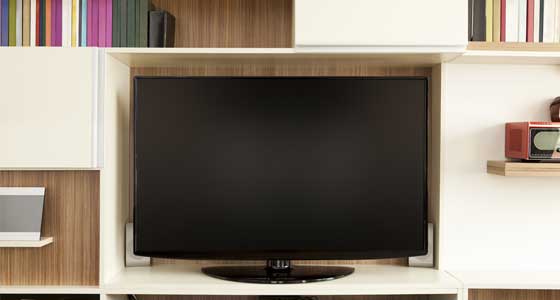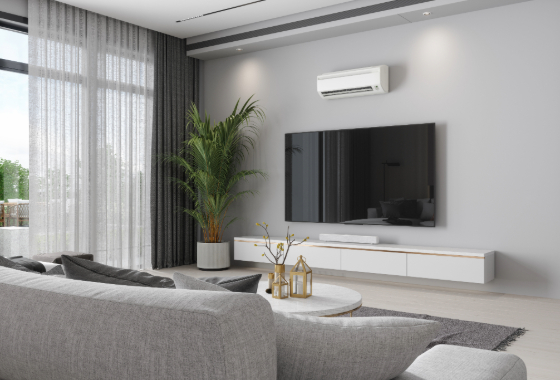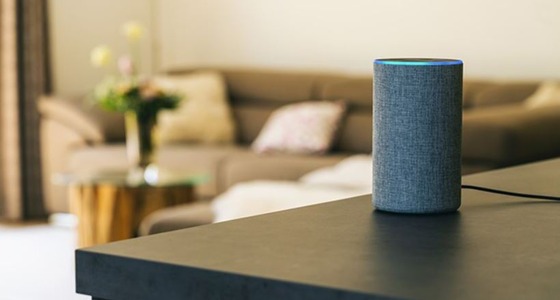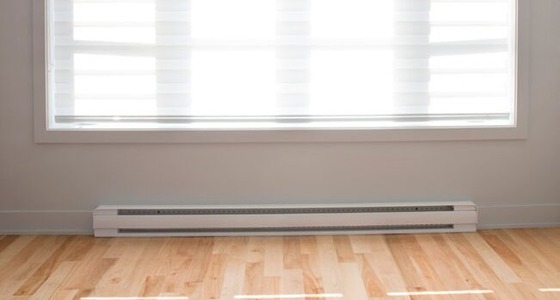Smart energy choices when buying or using a TV
There's a big difference between the most- and least-efficient TVs. Whether you're binge-watching the latest series or having late-night gaming sessions, think of energy efficiency as a must-have feature.
On this page:
- Features of energy-efficient TVs
- Choose the right size TV
- Display settings
- How to stream TV efficiently
Features of energy-efficient TVs
If you have an older TV, consider upgrading to an energy-efficient model. TVs that carry the ENERGY STAR® rating typically use about 25% less power than standard models.
Other energy-efficient features to look for:
- Automatic brightness control (ABC): This feature automatically adjusts the display brightness to complement the light in the room. Forget manually adjusting settings or getting up to draw the curtains. Plus, not only does this enhance your viewing experience, it uses less energy too.
- LED-backlit TVs: These models use the energy efficiency of LEDs to backlight the picture display which is a lot more efficient that LCD models. They also use a dimmer feature that dims and turns off part of the display to add depth and reduce the amount of energy used.
- Organic light-emitting diodes (OLEDs): This new lighting technology allows for thinner and brighter displays and uses less energy than LED screens which means it doesn't need a backlight feature.
Choose the right TV size
Although it's tempting to purchase the largest screen the room can fit, make sure it's the right size for an optimal viewing experience. The ideal distance from the viewing area to the television is one and a half times the TV screen size.
The larger the TV screen, the more energy it needs, so make sure you consider how much energy it may use and if it's right for your entertainment area.
Adjust display settings to save energy
If you're not in the market for a new TV, there are several ways to improve the energy efficiency of the TV you already have.
Eco mode
Turn on energy-saving mode, sometimes called 'eco mode.' This will automatically adjust the picture settings for optimal energy efficiency. Brightness, contrast, and even volume all factor into how much power a TV consumes.
Disable QuickStart mode
Some smart TVs have a QuickStart mode that keeps the TV idling and drawing electricity even when it’s powered off. Check your TV's manual to see how to disable this feature.
Sleep mode
Use sleep mode or the auto-shut off setting to avoid wasting electricity when you’re done watching TV.
What's the most energy-efficient way to watch TV?
The award for most efficient streaming goes to a smart TV that carries the ENERGY STAR label and allows you to stream directly from the likes of Netflix via built-in access or an easy-to-download app. This will use less electricity than a traditional TV paired with a smart home assistant or set-top box.
If your TV isn't smart, you'll need to link it up to a streaming device such as Apple TV, Roku or Amazon Fire Stick. While this is more efficient than streaming from something like a game console, the electricity use can still add up.
If you're adding streaming accessories, keep in mind that ENERGY STAR-certified products like modems, set-top boxes and digital media players are 25% more efficient than their standard counterparts.
No matter how many devices you have for watching TV, make sure you power them down when you're done watching so you're not paying for electricity you don't need.
Average streaming costs for five hours a day per year:
- Smart TV: $8
- Roku + TV energy use: $9
- Apple TV + TV: $9
- XBox + TV: $22
- PS4 + TV: $26
- PS5 + TV: $37
- Microsoft Surface Pro laptop: $4
On the move? Tablets use very little energy
If you prefer a smaller screen, tablets use far less electricity for streaming and give you the flexibility to watch when you want, where you want.




